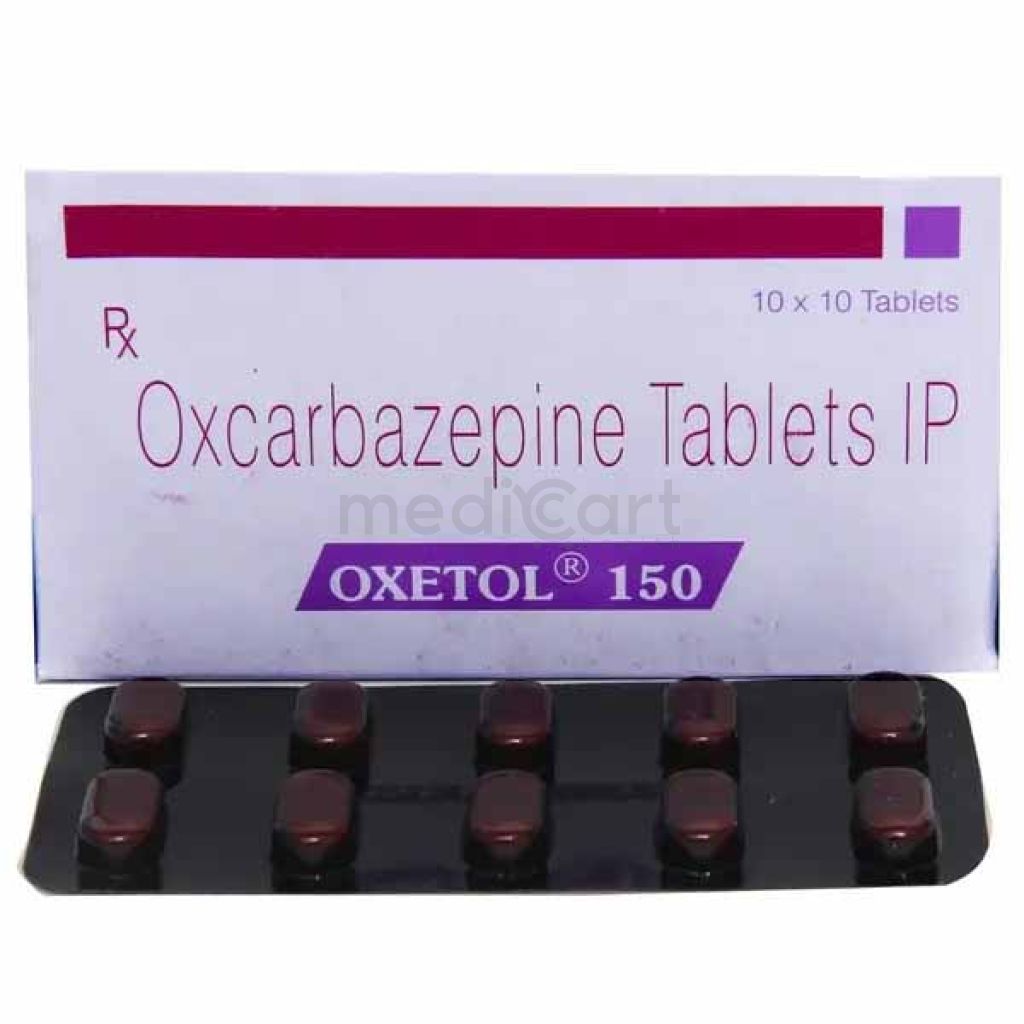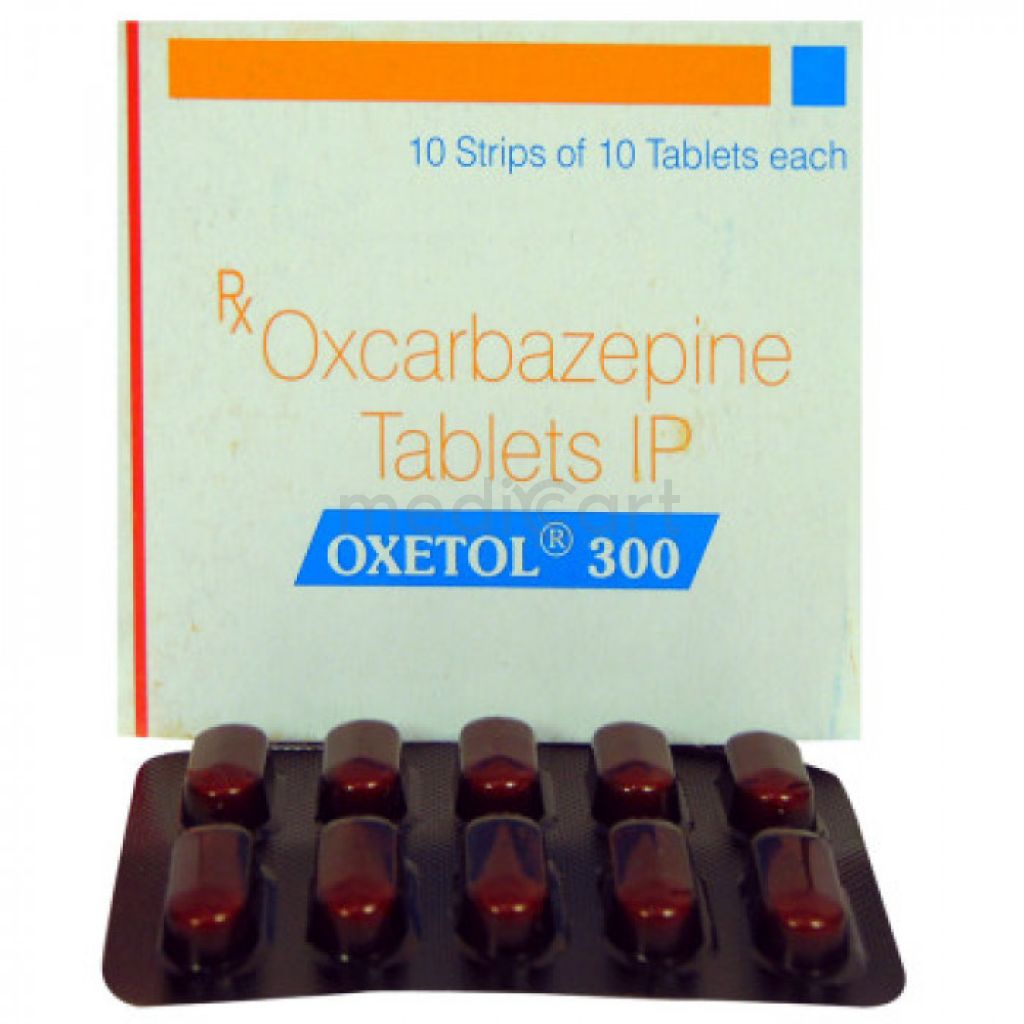

Oxetol 150 mg Tab. 150mg
Tablet
Pack Size :
10 Tablet x 1 Strip
Generics :
Oxcarbazepine
Manufacturer :
Square Pharmaceuticals Ltd.
Best Price *
TK
70.20
* Delivery will be done in Dhaka city only.
More Information About - Oxetol 150 mg Tab. 150mg
Description
Generic Name
OxcarbazepinePrecaution
Patient carrying the HLA-B*1502 allele. Avoid abrupt withdrawal. Severe renal and hepatic impairment. Pregnancy. Patient Counselling May impair ability to drive or operate machinery. Monitoring Parameters Monitor seizure frequency, serum Na, symptoms of CNS depression, hypersensitivity reactions, serum levels of concomitant antiepileptic drugs during titration; periodic thyroid function test and CBC. Lactation: Oxcarbazepine and its active metabolite (MHD) are excreted in human milk; milk-to-plasma concentration ratio of 0.5 was found for both Because of the potential for serious adverse reactions in nursing infants, a decision should be made as to whether a mother should discontinue nursing or whether she should discontinue use of the drug, taking into account the drug's importance to the motherIndication
Partial seizures, Generalised tonic-clonic seizuresContra Indication
Hypersensitivity. Lactation.Dose
N/ASide Effect
>10% Dizziness (30-50%),Diplopia (30-50%),Headache (26-30%),Nausea/vomiting (26-30%),Nystagmus (26-30%),Somnolence (26-30%),Ataxia (10-30%),Abnormal gait (16-20%),Tremor (16-20%),Abdominal pain (11-15%),Fatigue (11-15%),Vertigo (11-15%),Vision abnormalities (11-15%) 1-10% Dyspepsia (5-6%),Rash (4%),Insomnia (2-4%),Abnormal thinking (<4%),Hyponatremia (1-3%),Muscle weakness (1-2%),Hypotension (<2%),Speech disorder (1%),AstheniaPregnancy Category
Name : C
Description
Animal reproduction studies have shown an adverse effect on the fetus and there are no adequate and well-controlled studies in humans, but potential benefits may warrant use of the drug in pregnant women despite potential risksMode of Action
Oxcarbazepine blocks voltage-sensitive sodium channels, which inhibits repetitive firing, stabilises hyperexcited neuronal membranes and decreases release of synaptic impulses. These effects may prevent the spread of epileptic seizures.Interaction
Reduced serum levels with carbamazepine, phenobarbitone, phenytoin, valproic acid. May reduce levels/effects of CYP3A4 substrates (e.g. benzodiazepines, calcium channel blockers, clarithromycin, ciclosporin, erythromycin, oestrogens, mirtazapine, nateglinide, nefazodone, nevirapine, protease inhibitors, tacrolimus, venlafaxine). May reduce efficacy of oral contraceptives. May reduce levels/effects of maraviroc. May increase levels of phenobarbitone, phenytoin.Pregnancy Category Note
N/AAdult Dose
Oral Partial seizures Adult: Adjunctive treatment 300 mg PO q12hr initially; may increase at weekly intervals by 600 mg/day up to 1200 mg/day Monotherapy (if converting from other AED) Initial: 300 mg PO q12hr; increase by 600 mg/day qWeek up to 2400 mg/day Reduce and withdraw concomitant antiepileptic drugs (AEDs) over 3-6 weeks while reaching maximum oxcarbazepine dose in 2-4 weeks Monotherapy (if AED naive) Initial: 300 mg PO q12hr; increase by 300 mg/day q3Day to 1200 mg/day divided q12hr Diabetic Neuropathy 150-300 mg/day PO initially; may increase to 900-1200 mg/day (general recommendation) Neuralgia/Neuropathy 300 mg PO q8-12hr initially; may adjust dose to 400-2000 mg divided q8-12hr (maximum tolerated or effective dose) Hepatic impairment Mild to moderate: No dose adjustment required Severe: Unknown if dosage adjustment necessaryChild Dose
Partial Seizures (Adjunctive Treatment) (age 2-4 years) Initial: 8-10 mg/kg/day PO divided q12hr; not to exceed 600 mg/day <20 kg: May start with16-20 mg/kg/day; may titrate to higher dose over 2-4 weeks; not to exceed 60 mg/kg/day (age 4-16 years) Initial: 8-10 mg/kg/day PO divided q12hr; not to exceed 600 mg/day Target maintenance dose: May titrate to higher dose over 2 weeks to reach the following dosage ranges 20-29 kg: 450 mg PO q12hr 29.1-39 kg: 600 mg PO q12hr >39 kg: 900 mg PO q12hr Partial Seizures (Monotherapy) (age 4-16 years) AED: Initial, 8-10 mg/kg/day PO divided q12hr; may increase qWeek by maximum increment of 10 mg/kg/day AED-naive: Initial 8-10 mg/kg/day PO divided q12hr; may increase q3Days by 5 mg/kg/day Target maintenance: Weight-based dosing may be as high as 2100 mg/day for >60 kg 20-24.99 kg: 600-900 mg/day 25-34.99 kg: 900-1200 mg/day 35-44.99 kg: 900-1500 mg/day 45-49.99 kg: 1200-1500 mg/day 50-59.99 kg: 1200-1800 mg/day 60-69.99 kg: 1200-2100 mg/day 70 kg: 1500-2100 mg/dayRenal Dose
Renal impairment CrCl <30 mL/min: Decrease initial dose by 50%, titrate up slowlyAdministration
May be taken with or without food.Disclaimer
The information provided herein are for informational purposes only and not intended to be a substitute for professional medical advice, diagnosis, or treatment. Please note that this information should not be treated as a replacement for physical medical consultation or advice. Great effort has been placed to provide accurate and comprehensive data. However, Medicart along with its authors and editors make no representations or warranties and specifically disclaim all liability for any medical information provided on the site. The absence of any information and/or warning to any drug shall not be considered and assumed as an implied assurance of the Company.









